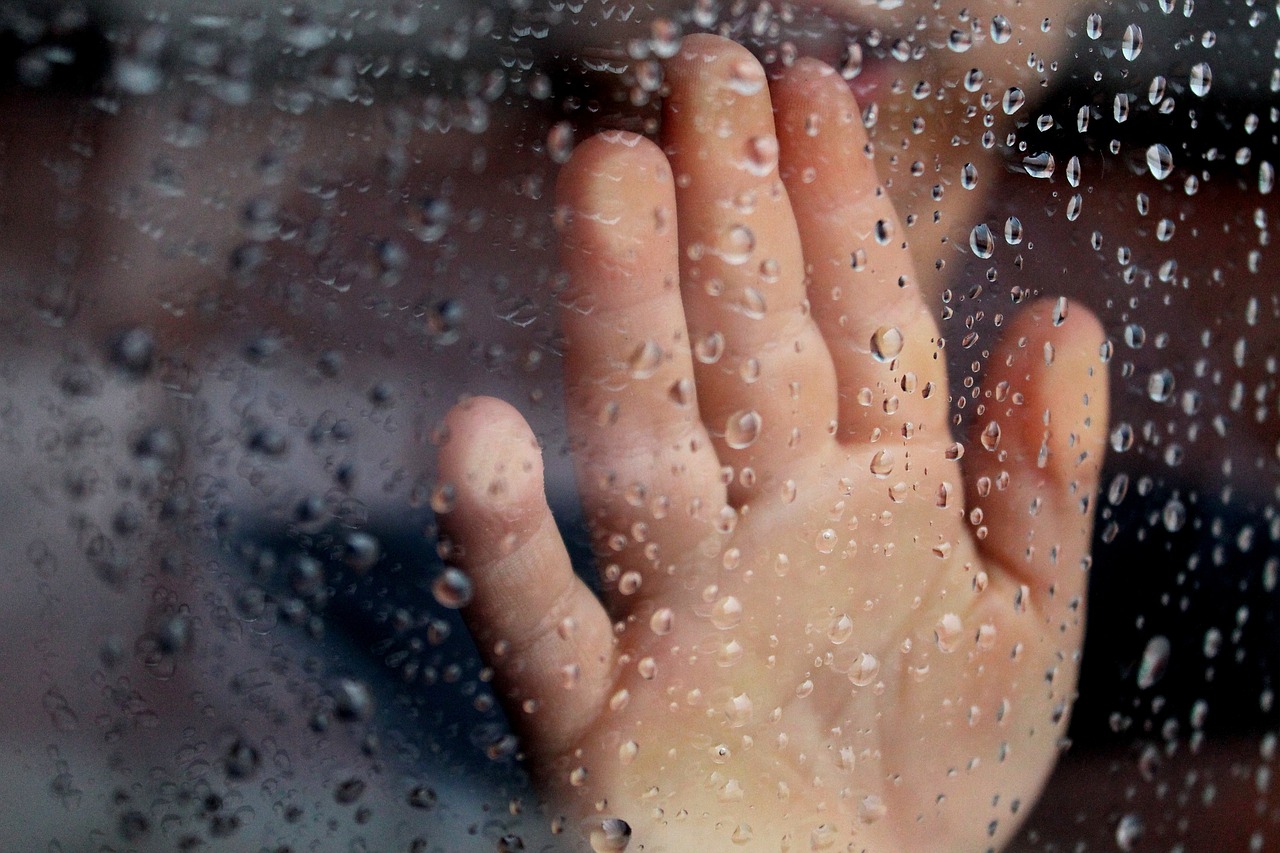Why It Matters

Photo by tatlin | Pixabay
Lockdowns, limiting visitors, and shutting down common spaces are processes frequently put in place to protect nursing home residents during the COVID-19 pandemic. But these protective measures can have side effects, notably loneliness and depression, which can contribute to physical and mental decline. In addition to keeping residents safe, nursing home leaders and staff members are responsible for finding ways of keeping residents active to help mitigate the effects of this prolonged isolation.
The Institute for Healthcare Improvement (IHI) is a participant in the AHRQ ECHO National Nursing Home COVID-19 Action Network, a partnership between the Agency for Healthcare Research and Quality (AHRQ), the University of New Mexico’s ECHO Institute, and IHI. As part of this work, IHI has established a Training Center, which is delivering a standardized curriculum to five cohorts of nursing homes based in Delaware, Florida, Georgia, Louisiana, and North Carolina.
Participants in the IHI Training Center shared the following ideas for supporting and engaging residents.
Enhancing Safety and Well-Being
- Increase available snacks. Isolation and loneliness can be accompanied by weight loss. One nursing home increased the frequency of snack delivery and focused on culture-specific foods and seasonings that appealed to residents; they saw a substantial reduction in loneliness-related weight loss.
- Place monitors in resident rooms for those who struggle to use call lights. This practice can help residents to communicate their needs.
- Allow residents to decorate their masks, a fun activity designed to encourage mask-wearing.
- Observe how residents interact with surfaces. Residents touch the undersides of surfaces more often than might be expected, so both the tops and bottoms of surfaces should be considered “high-touch” and disinfected regularly.
- Store cleanable PPE for families (e.g., face shields) in transparent personal possessions bags. These can also be used to store possessions during visits to minimize the risk of surface transmission.
Socially Distanced Activities
- Involve residents and staff in planning. Resident councils can share ideas and express resident needs. Staff members who have daily contact with residents should be consulted for ideas and can help facilitate connections with families.
- Organize spirit-lifting outdoor gatherings. Training Center participants described activities that included masked and distanced visits (weather and space permitting), car parades, and visiting neighboring nursing homes with “support our colleagues” banners.
- Provide family members with erasable markers that write on glass so they can add drawings or messages for residents during window-only visits.
- Adapt group activities. Residents can wear masks and participate from their doorways in hallway activities, including:
- Bingo
- Soccer with a beach ball
- Balloon toss with pool noodles
- An ice cream cart
Holiday Festivities
The IHI Training Center held sessions during the winter holiday season, and participants enthusiastically shared their plans for making the end of a challenging year special for residents and staff members. While the holidays have now passed, the activities shared here could be adapted for use at other times of the year.
- Stream greetings from families on communal TVs. While individual families can submit recorded greetings, we recommend keeping the greetings generic (i.e., not naming a specific resident) so that all residents feel included, even those whose families might not record a greeting.
- Create special photo greetings for residents and families. Take photos of residents against a green screen backdrop and photoshop them into images of their families or with a masked Santa for a holiday card.
- Recruit community pen pals to write letters or make phone calls to residents. These connections can help to reduce loneliness and feelings of isolation.
- Dress up and decorate for the holidays. Participants described staff wearing Santa or elf hats, scheduling an “ugly sweater” day, arranging hallway costume parades, and helping residents write things for which they are thankful and posting them on windows.
- Host seasonal activities. These can include socially distanced meals with traditional foods and décor, putting up an “angel tree” with donated holiday gifts, or piping in music from a live performer playing outside the facility.
As facilitators and staff members supporting the Nursing Home COVID-19 Network’s “all teach, all learn” program, we are seeing firsthand how innovative, dedicated, and compassionate these nursing home staff members are, as they seek to provide high-quality, safe care for residents while simultaneously supporting staff and creating a just culture.
Gail A. Nielsen, BSHCA, FAHRA, RTR, is faculty for the IHI Training Center of the National Nursing Home COVID-19 Action Network. Marina Renton, MPhil, is an IHI Project Manager.
You may also be interested in:
Video — COVID-19 Vaccinations: Perspectives from a Nursing Home CNA
Lessons from Nursing Home Staff to Address Burnout and Enhance Joy in Work
